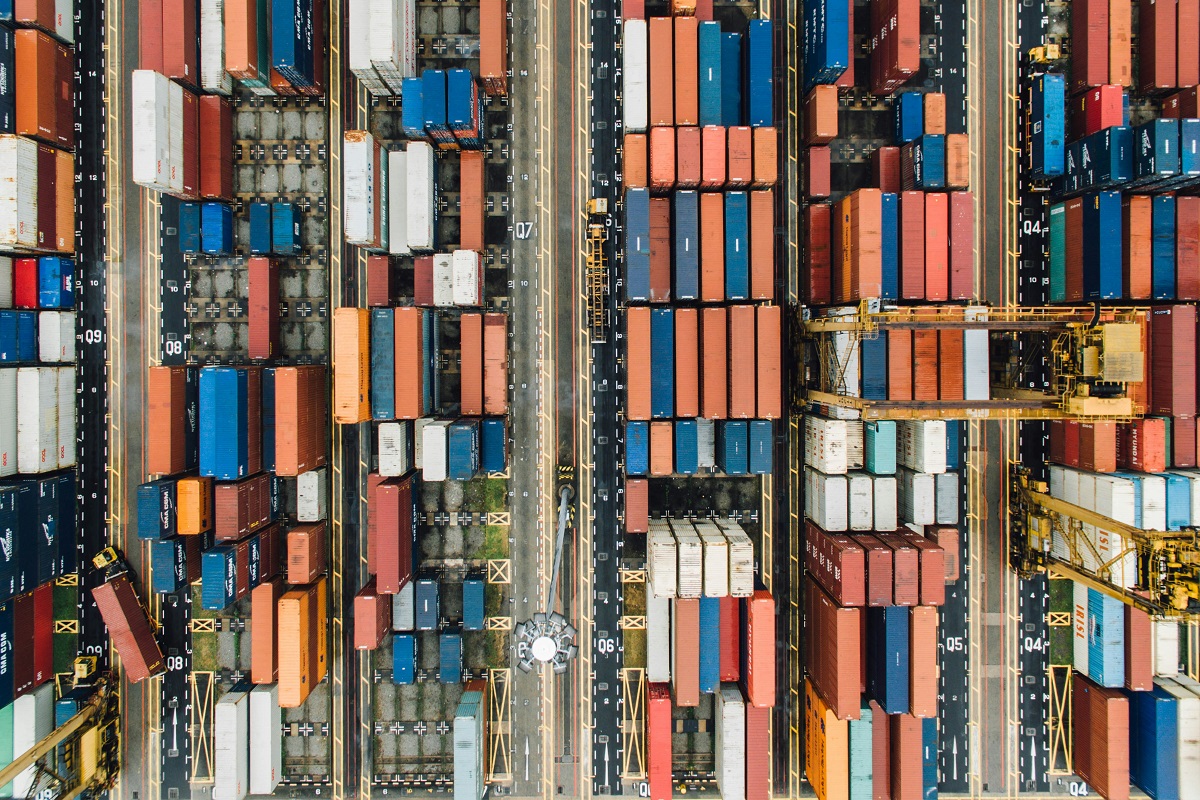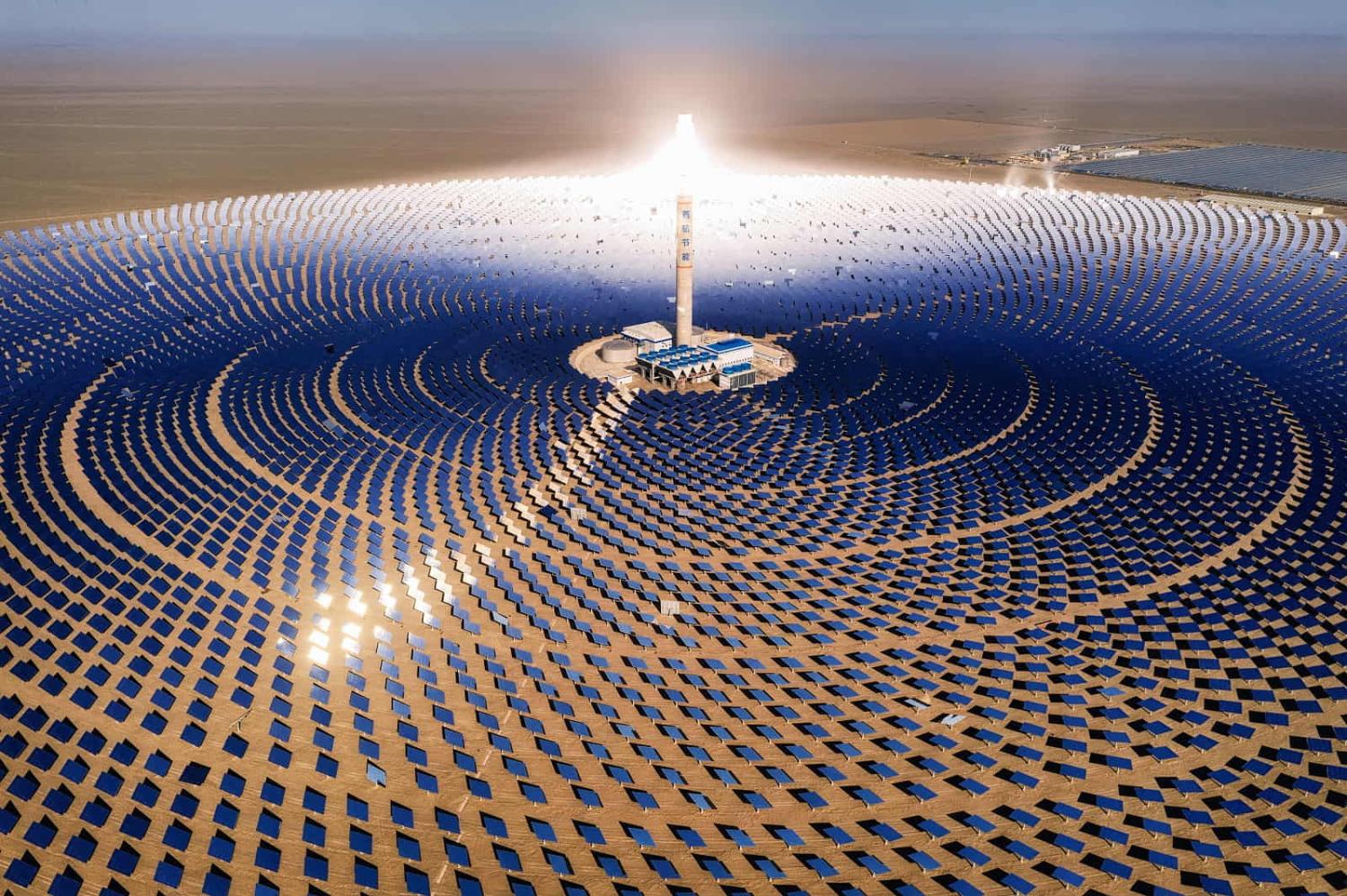The Asia-Pacific region, a beacon of economic growth, is projected to contribute an astonishing 60% to global GDP growth by 2024. At the heart of this region’s transformation is China, whose economic, technological and military rise has significantly influenced its engagement with neighbouring countries. As the region’s largest trading partner and investor as well as the technological leader for the green energy transition to address climate change, China’s role in Asia and the Pacific’s sustainable development is pivotal.
Yet a palpable distrust remains between China and many Western and Asian powers. As part of the Griffith Asia-Pacific Strategic Outlook (GAPSO) 2024, written in partnership with leading regional institutions and 24 authors from the Asia-Pacific, we identified engagement with China as a critical factor for the region’s sustainable development leadership: a better understanding of how Asia-Pacific economies including Australia can best engage China is an opportunity not only to ensure but possibly supercharge sustainable development in the region.
China’s growing engagement in the green transition is particularly noteworthy. Chinese companies have emerged as global leaders in the investment, development and manufacturing of green technologies and materials. China dominates significant parts of the global value chains in sectors such as mining, renewable energy and transport. For example, China’s solar manufacturing capacity accounts for at least 80% of the global market share, and the country controls a significant share of the critical minerals and infrastructure needed to produce batteries, including mines and processing facilities in Indonesia.
China’s domestic economy increasingly gears towards green development: in 2023, 40% of China’s proclaimed 5.2% economic growth was driven by the “New Three” industries related to electric vehicles, green power generation, and batteries. China’s US$890 billion investment in clean energy sectors nearly matches the combined global investments in fossil fuel supply for 2023 and is equivalent to the GDP of Switzerland or Türkiye. China’s latest legislative sessions (“Two Sessions”) held between 4–10 March further highlighted the need to strengthen “New Productive Forces” including green technologies.

Many Asian economies look to China for financing and technology to support their green transitions. China engages these economies through the Belt and Road Initiative (BRI), which has shifted its focus to “green Belt and Road” or high-quality development with engagement relating to climate change adaptation and mitigation. Accordingly, China’s energy-related engagement in 2023 was the greenest in absolute and relative terms in any period since the BRI’s inception, reaching US$7.9 billion. This engagement is anticipated to expedite ambitious energy transition plans in countries such as Indonesia, aiming for a significant portion of new energy capacity from renewable sources by 2040. This presents opportunities for Asian economies to increase local value addition and attract investments that align with their specific economic opportunities and development goals.
However, China’s growing territorial assertiveness in the South China Sea, including conflicts with the Philippines and its ambitions for new governance models, is presenting challenges. China has led or co-initiated several minilateral or “multi-bilateral” initiatives outside of more established institutions such as the United Nations. These initiatives, including the BRI, Global Development Initiative, BRICS (Brazil, Russia, India, China and South Africa), and Shanghai Cooperation Organisation, reflect China’s ambition to “share” its unique global development concept and its solutions to global development problems. They explicitly aim to provide an alternative to Western development models, which China argues have exacerbated inequalities and failed to deliver development to most nations.
Evidence nevertheless suggests that most Asian nations, do not want to choose between either, but prefer to benefit from both Western and Chinese cooperation. A case in point is Indonesia, which sees ever-growing engagement by China and G7 economies. Meanwhile, Vietnam was the only country to host the presidents of both the United States and China in 2023. Singapore’s prime minister concluded that it is impossible to choose between the United States and China.
In this context, and with the first principle that peaceful sustainable development is the cornerstone for prosperity in the region, it becomes difficult to ignore China as a permanent fixture and a country set to wield even greater economic and political influence. Enhancing understanding of China, engaging with it while ensuring economic and political non-dependence, are essential for fostering peaceful and sustainable development across the region.
In this, Australia’s role becomes critical. As a nation with strong cultural ties to the West, Asia and the Pacific, and an economic interdependence with the Asia-Pacific – where more than 85% of Australia’s exports go – Australia can leverage its unique geopolitical and economic position to encourage a nuanced engagement with China. On the one hand, Australia can offer real alternatives to the region and show the benefits of an open society and strong democratic systems. On the other hand, Australia should lead by example in cooperating with China: Australia should have the self-esteem to strengthen economic cooperation with China in Asian and Pacific economies while upholding democratic values and sound environmental, social and governance standards for better results in green and inclusive growth. By supporting green energy financing, strengthening financial capacity for local enterprises, and cooperating on local planning capacity, Australia can help ensure that the green transition in the Asia-Pacific is not solely dependent on China and is inclusive for societies across the region.
The path forward requires a delicate balance of competition and collaboration. Australia’s government, businesses and universities, with their democratic values, economic prowess and state-of-the-art knowledge can provide a keel to steadily navigate China’s influence in the region and drive selective cooperation with Chinese and Asia-Pacific partners. This approach not only serves Australia’s interests but also contributes to a more stable and prosperous Asia-Pacific region.

